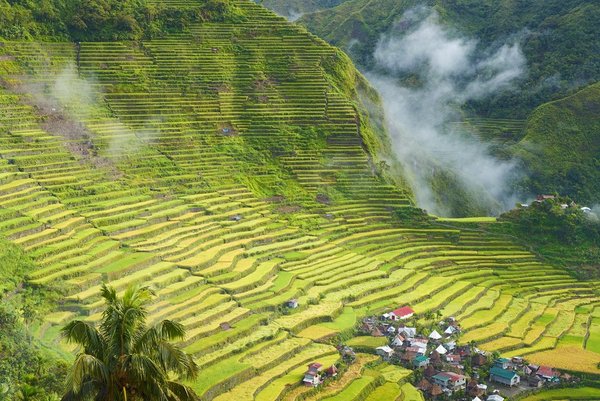 Read this article in French
Read this article in French- Share this article
- Subscribe to our newsletter
How climate can benefit from biodiversity conservation
About two thirds of potential future global biodiversity targets (Post-2020 Action Targets for 2030) can also help to slow climate change according to an international research team, the Helmholtz Centre for Environmental Research (UFZ) reported on its website in April 2022.
When the global community is expected to meet later this year for the second part of the UN Biodiversity Conference in Kunming, China, it must also adopt the next generation of UN biodiversity targets. These will then replace the Aichi Targets that were aimed for until 2020. 21 "Post-2020 Action Targets for 2030" have already been pre-formulated. While they still have to be finally agreed, they aim to reduce potential threats to biodiversity, improve the well-being of humans, and implement tools and solutions for the conservation of biodiversity.
In a review study for Global Change Biology, the authors assessed to what extent these 21 biodiversity targets can also slow climate change. The bottom line: 14 out of 21 (two thirds) of all targets are making a positive contribution to climate protection.
Among others, this applies to the goal of connecting protected areas via corridors or further protected areas on at least 30 per cent of the earth’s surface. For example, it is estimated that all terrestrial protected areas around the globe currently store 12-16 per cent of the total global carbon stock. And even though knowledge is still limited, deep-sea ecosystems can also contain important carbon stocks on the seabed. However, the 30 per cent target is still far from being reached and also highly controversial (Rural 21 reported). According to current United Nations figures from 2021, the coverage of protected areas on land was 15.7 per cent, and in the sea, 7.7 per cent.
But climate also benefits from some of the other newly formulated global biodiversity goals. For example, one goal is also to restore at least 20 per cent of degraded ecosystems such as tropical and subtropical forests or coastal habitats such as coral reefs, seagrass beds and mangrove forests. According to the study, global carbon capture in coastal systems is considerably lower than in terrestrial forests because of their smaller size. However, the amount of carbon captured per unit of coastal vegetation area is considerably higher.
Taking biodiversity into account in laws, directives, and spatial planning processes also helps to protect the climate because, amongst other effects it prevents the clearing of forests, which are an important CO2 reservoir. Other goals that are positive for both biodiversity and climate protection include the expansion of green and blue infrastructures in cities (for example parks, green roofs, and lakes) or better public relations work to encourage the general public to deal with waste in a more sustainable way and to consume less.
However, there may also be conflicting goals between the protection of climate and biodiversity. In Central Europe: the preservation of the cultural landscape is an example that shows that not everything can be easily reconciled. On one hand, imitating traditional land-use systems instead of intensifying or even abandoning land-use has clear advantages for the conservation of biodiversity. On the other hand, there are conflicts because some of the measures are, in fact, harmful to climate as much of the land being used for agriculture means that the proportion of forest is not as high, and less carbon is stored . In addition, the farming of cattle and sheep releases methane, which is harmful to the climate.
* The World Heritage Site with its irrigated fields owes its existence to a continuous water supply from the forests above. While methane is emitted through rice cultivation, the traditional genetic diversity of rice plants is preserved here at the same time, which can form the basis for future land-use adaptations. It also preserves the forest, which is characterised by enormous biodiversity and a high proportion of animal and plant species found only there. At the same time, this protection contributes to the sequestration of carbon in the forests.
(UFZ/ile)
Read more and download the 1st Draft of The Post-2020 Global Biodiversity Framework at UNEP website





Add a comment
Be the First to Comment